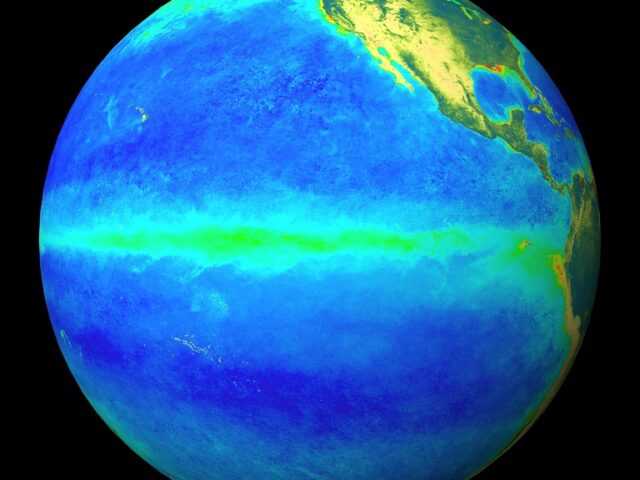MELBOURNE, Australia – Both atmospheric and oceanic indicators of the El Niño–Southern Oscillation (ENSO) are consistent with an established La Niña, including tropical Pacific sea surface temperatures, the Southern Oscillation Index (SOI), trade wind strength, and equatorial cloudiness.
According to the Climate Driver Update form the Bureau of Meteorology of the Australian Government , models indicate the La Niña is likely to decline over austral spring, with a return to ENSO-neutral conditions (neither La Niña nor El Niño) early in 2023. Sea surface temperatures in the tropical Pacific remain similar, compared to two weeks ago. The SOI remains well above La Niña thresholds.
La Niña typically increases the chance of above average rainfall for northern and eastern Australia during spring and summer.
The negative Indian Ocean Dipole (IOD) event also continues. The IOD index has satisfied negative IOD thresholds (i.e. at or below −0.4 °C) since June. Models indicate that the negative IOD is likely to persist until late spring. A negative IOD typically increases the chance of above average spring rainfall for most of the eastern two thirds of Australia.
The Southern Annular Mode (SAM) is currently in a positive phase and is likely to remain generally positive throughout spring into early summer. During the spring and summer months, a positive SAM increases the chance of above average rainfall for parts of eastern New South Wales, eastern Victoria, and south-eastern Queensland, and increases the chance of below average rainfall for western Tasmania.
The MJO is moving into the western Pacific Ocean and is forecast to strengthen further in the coming fortnight as it tracks further east. Its influence at this time of the year may lead to above-average rainfall for parts of eastern Australia, and briefly reduce the strength of equatorial trade winds west of the Date Line.
When La Niña and negative IOD conditions combine, the likelihood of above average rainfall over Australia is further increased, particularly for the eastern half of the continent. The Bureau of Meteorology’s extended and long-range forecasts show that above average rainfall is likely across much of eastern Australia. This reflects the influence of several key climate drivers.
Climate change continues to influence Australian and global climate. Australia’s climate has warmed by around 1.47 °C for the 1910–2020 period. There has also been a trend towards a greater proportion of rainfall from high intensity short duration rainfall events, especially across northern Australia.










